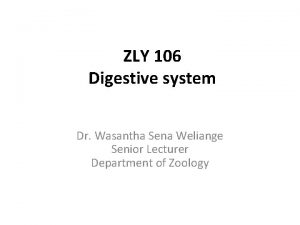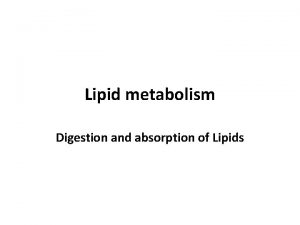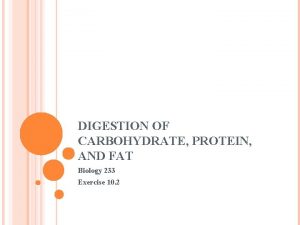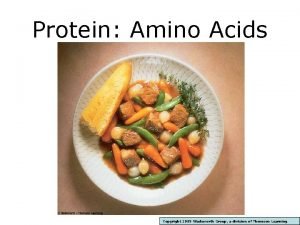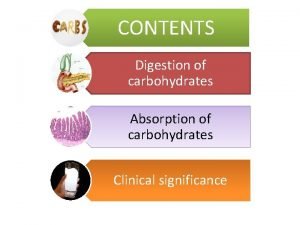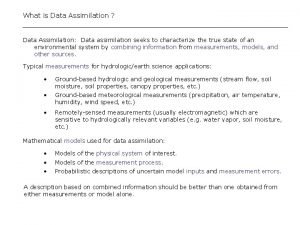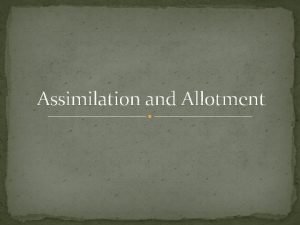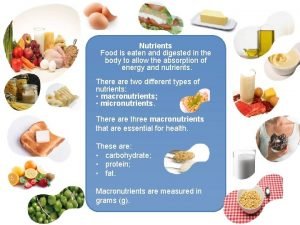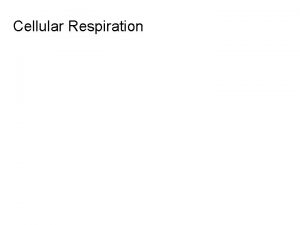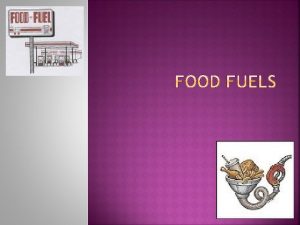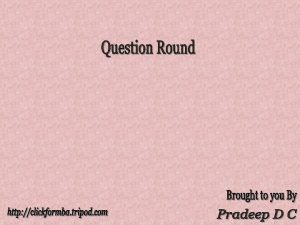ASSIMILATION OF DIGESTED FOOD ASSIMILATION OF DIGESTED FOOD







- Slides: 7

ASSIMILATION OF DIGESTED FOOD

ASSIMILATION OF DIGESTED FOOD o o Some of the digestion product are brought to the liver for processing, and undergo for metabolic processes or assimilation. The liver act as a checkpoint. It will control the amount of nutrients release into the blood circulatory system. In animal, most of the glucose will be converted to glycogen and stored in the liver. There are three process that take place in the liver. 1. assimilation 2. deamination 3. detoxification

Small intestine

GLUCOSE o Glucose are used in the cellular respiration to produce the energy. o Excess glucose will be converted into glycogen and stored in the liver. o when the blood sugar level falls and the body needs energy, the stored glycogen is converted back into glucose. o When the glycogen stored in the liver is full, the liver will converted the glucose into lipids.

AMINO ACID o Amino acid also must pass through the liver before reach the o o o circulatory system. Liver will synthesis plasma protein from amino acid. Plasma protein involved in blood clotting and osmoregulation. The amino acids also can be converted into glucose if there is a short supply of glucose and glycogen. Amino acids also be used to synthesised new protoplasm and repair damage tissue. Excess amino acids cannot be store in the body. So, it will be broken down in the liver by a process called deamination. The urea are transported to the kidney to be excreted.

LIPID o Lipid are transported in the bloodstream to the body cell. o Excess lipids are stored in the adipose tissue. o When the body lacks glucose, fats are oxidize to release the energy. o Some lipid, such as phospholipid and cholesterol are the major component of plasma membrane.

Other function of liver o The liver also involved in detoxification process. o This is the process which the liver remove harmful substances from the blood to convert the compounds which are less toxic. o All the harmful product are then eliminated from the body through the bile or urine.
